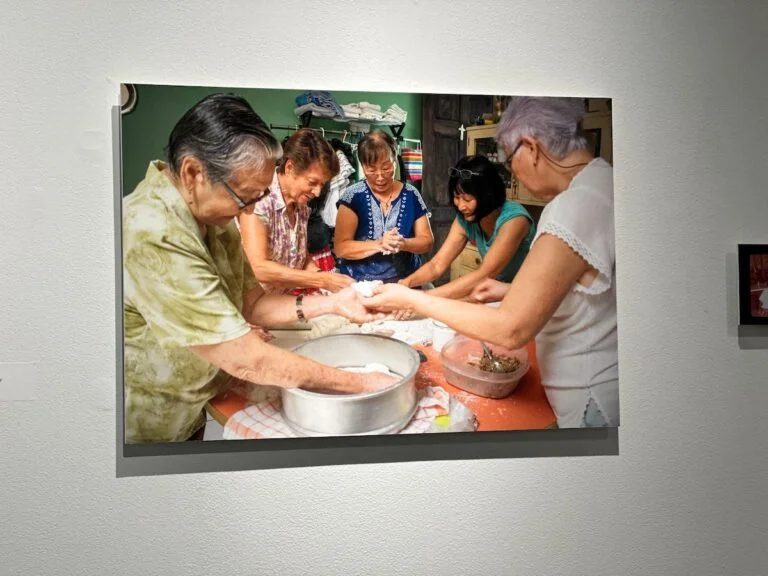In the vibrant halls of Taller Puertorriqueño, a new exhibition is turning heads and challenging perceptions. Titled “Paisanos del Puerto,” it’s a vivid tapestry of stories, photos, and audio that delves into the rich, often unseen history of Chinese immigrants in Costa Rica. The architect of this narrative is none other than Dorcas Tang, a photographer with a keen eye for the untold story.
Dorcas Tang: A Photographer with a Nostalgic Lens
Dorcas Tang’s journey into the world of photography started in the cozy corners of her grandmother’s house, flipping through old family albums. These black-and-white snapshots of the past ignited a lifelong fascination with history and identity. As a third-generation Chinese-Malaysian, Tang often felt like an outsider at family gatherings. It was these feelings of disconnect that propelled her towards exploring the experiences of Chinese Costa Ricans.
“Paisanos del Puerto”: A Glimpse into Costa Rican Chinese Lives
The exhibition at Taller Puertorriqueño, “Paisanos del Puerto,” is more than just a display of photographs. It’s a heartfelt exploration into the lives of Chinese Costa Ricans, showcasing a series of 70 intimate portraits against the backdrop of their oral histories. These narratives, echoing in the gallery, breathe life into the still images, transporting visitors into the heart of Puntarenas’s Chinese community.
Rafael Demast: Curating Intercultural Dialogues
Rafael Demast, the curator at Taller Puertorriqueño, envisioned the exhibition as a conversation between the photographs themselves. The images tell stories of assimilation, cultural evolution, and the complexities of immigrant identity, with subtle details like neighborhood grocers mixing Chinese and Costa Rican ingredients and the fusion of religious iconography in homes. These stories resonate with Demast’s own experiences as a Venezuelan immigrant in the U.S., highlighting the universal threads of migration and identity.
Historical Context: Chinese Migration and Latin America
What makes this exhibition stand out is its deep dive into the history of Chinese migration in the 19th century, a narrative often sidelined in Latin American history. The exhibition sheds light on the anti-Chinese sentiments prevalent during that era and the resulting discriminatory policies, including detailed government records of Chinese migrants in Costa Rica.
Beyond the Monolith: Challenging Chinese Identity
“Paisanos del Puerto” goes beyond traditional exhibitions by questioning the monolithic view of Chinese identity. Tang juxtaposes government registry entries with personal, intimate portraits to offer a broader perspective of the Chinese diaspora in Costa Rica. The exhibition becomes a platform for Chinese Costa Ricans to share their experiences of cultural blending, discrimination, and personal identity.
Personal Reflections: Tang’s Quest for Identity
For Tang, this project is more than academic research; it’s a personal journey into understanding her own Chinese-Malaysian identity. She delves into the stories of Chinese Costa Ricans, uncovering their struggles with identity, belonging, and cultural assimilation. The process not only brings their stories to light but also reshapes Tang’s own understanding of her heritage.
Interactive Engagement: Audience Participation
“Paisanos del Puerto” invites its audience to engage with the concept of identity. Through March 9, 2024, visitors can contribute their thoughts and experiences, making the exhibition a living, evolving conversation on identity and cultural heritage.
A Journey into Collective Memory
This exhibition is more than a display of photographs; it’s a journey into the collective memory and identity of a community. It challenges visitors to rethink notions of heritage, belonging, and cultural evolution. Dorcas Tang’s “Paisanos del Puerto” is a must-visit for anyone interested in the rich tapestry of human experience.


1 comment
[…] Source link […]